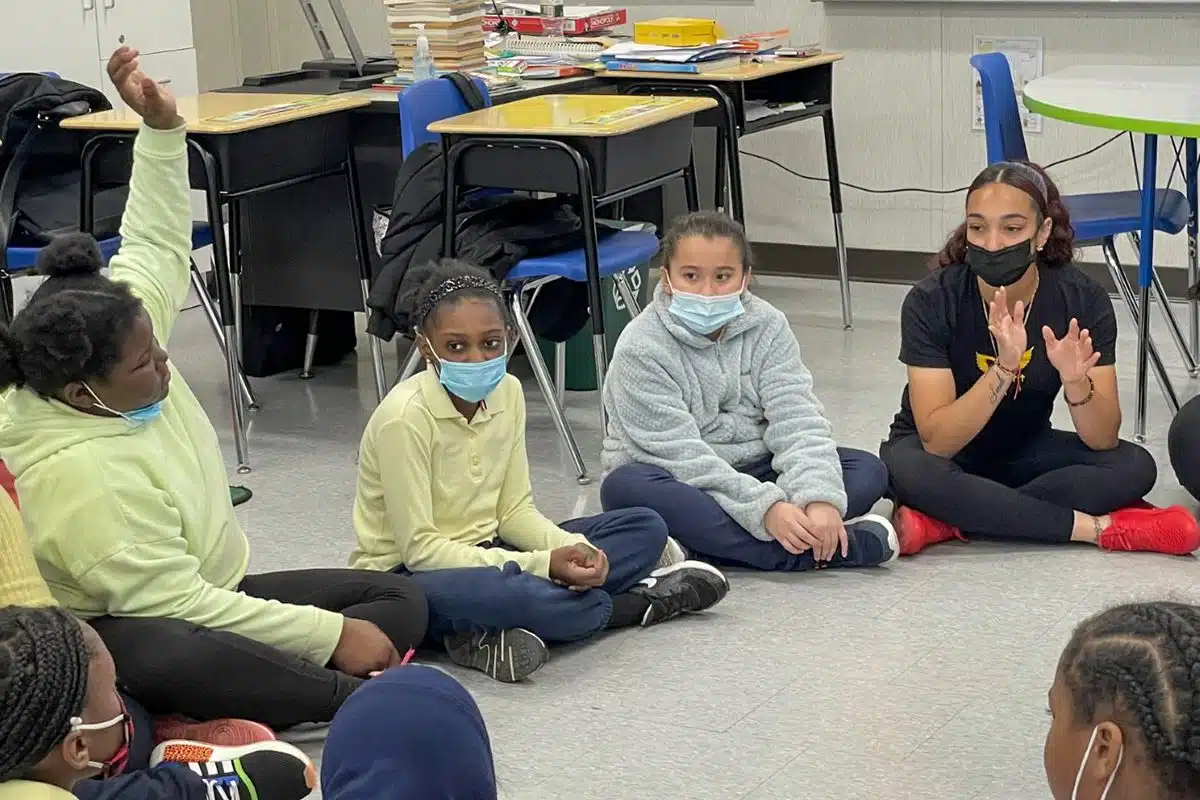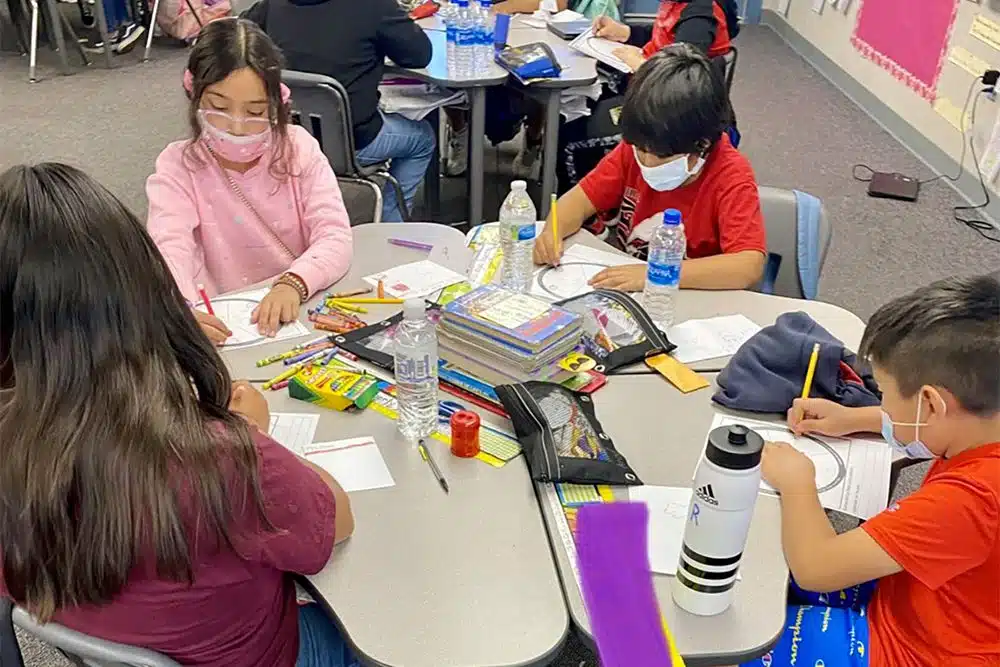
3 Effective Approaches to Enhance Events, Lessons and Meetings
At kid-grit, we are huge fans of CASEL (Collaborative for Academic, Social, and Emotional Learning).

The Robb Elementary School was rocked by a horrific event on May 24: a school shooting incident. CNN reports that the school shooting in Uvalde, Texas resulted in 21 deaths. Multiple sources explain that the perpetrator, Salvador Ramos, was a loner that was frequently bullied and outcasted by his classmates. While this certainly is no excuse for his behavior, it may have been one of the catalysts pushing Ramos to his breaking point.
Everything is clearer in hindsight, but this shows just how important social and emotional learning (SEL) is in education. A student’s development can be influenced by the people around them, whether they’re parents, educators, or peers. Students learn by observing the people around them so teachers must do their part in respecting a child’s individuality, emotions, and personality. Promoting acceptance and kindness while teaching them to counter negativity will allow students to grow emotionally, lessening the likelihood of students feeling alienated to the point of violence.
SEL is defined by CASEL (Collaborative for Academic, Social, and Emotional Learning) as an important part of human development that focuses on managing emotions, maintaining healthy relationships, and establishing self-identity. Its core competencies include self-awareness, self-management, social awareness, relationship skills, and responsible decision-making. In turn, this creates holistic education programs for students that will help them as they grow older.
Schools and classrooms are some of the main places that children will be able to be exposed to SEL so integrating it into your curriculum can and should be done. It is important to do so effectively so students will be able to absorb every lesson, taking them to heart. So, if you want to incorporate SEL into your teaching, continue reading below for some of the ways you can do it.

To effectively teach SEL, educators should have the training and certifications beyond just technical teaching. It can be difficult when imparting sensitive character-building lessons, so the relevant training helps to prepare teachers for as many classroom situations and interactions as possible. Maryville University explains how a background in liberal studies should be considered, as educators with this training are equipped with an understanding of how to handle different personalities and learning styles in the classroom. They are well-versed in humanities and social sciences, so they also understand many of the basics in terms of SEL competencies. A strong foundational training will serve as a way to gain a better grasp of how to effectively teach SEL in the classroom.
An SEL framework is a guide that can help facilitate the correct implementation of the curriculum plan. Our past article on ‘Multi-Subject SEL’ explains that a curriculum should allow students to collaborate and foster the five competencies. The framework you create will dictate how SEL will be integrated into your lessons, and it can also be adapted depending on the needs of your students — even at an individual level. It is important to create a framework so that your curriculum will be properly structured and will complement the lessons in any subject. This will ensure a more organized learning experience and will enable you to touch on different aspects of SEL so as to build true social and emotional development in your students.
Once you have a framework, you can then figure out what activities you can use to integrate social and emotional learning into your lessons. This can range from taking a few minutes each day to encourage positive self-talk or even having show-and-tell sessions where students can bring one interesting object that has special meaning to them. Storytelling can be another great way to integrate SEL into your curriculum. Buena Vista University highlights how literature is the perfect tool to foster social and emotional learning and development, as students learn more about empathizing and understanding the emotions of different characters. Having SEL-related activities in your curriculum will enhance the learning experience and make the lessons more digestible and engaging.
A comprehensive SEL curriculum encourages students to be more vulnerable and open, so it is important for them to have a safe environment. As an educator, we suggest that you create an atmosphere where young people under your care feel comfortable exploring their emotions and relationships with others, so they will not feel any shame or stigma in doing so. Lead by example and be vulnerable around them. It is important to address any excessive teasing or bullying as this will hinder their development. Try to foster a sense of community and camaraderie among your students so you can fully implement a meaningful SEL curriculum.
Integrating SEL into your lessons and teachings can be effectively done if you prepare accordingly. Getting the right training, building a solid framework, and adapting to the needs of your students will promote true social and emotional development that will help them for years to come.
Article written by Rhianne Jenna. Exclusively submitted to kid-grit.com.
Rhianne Jenna is a freelance education developer and an aspiring writer. She loves to write about trends and innovations in EdTech, and how to apply them in the classroom. As a parent herself, she is also interested in learning as much as she can about child development and early education. In her free time, you can find her having fun in her improv classes!

At kid-grit, we are huge fans of CASEL (Collaborative for Academic, Social, and Emotional Learning).


Here at kid-grit, we had a wonderfully crazy month in October! Check out this blog post to hear more about what we were up to.